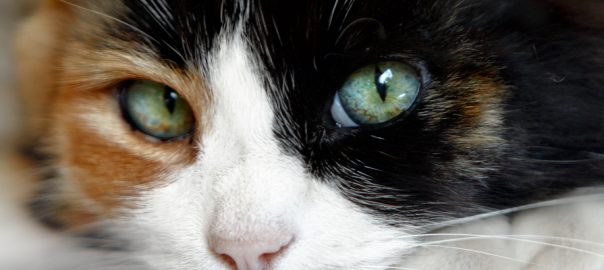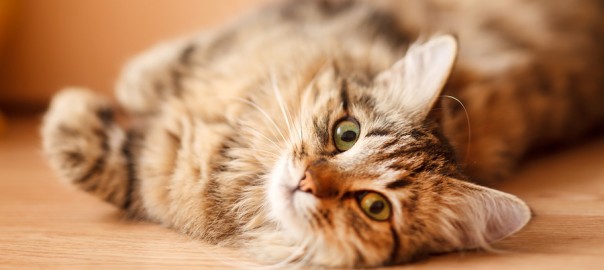I live out in the middle of nowhere on Almost Heaven Ranch, and one of the things I most cherish is the peace and quiet. But people who live in townhouses, apartment buildings, and neighborhoods value peace and quiet, too. Which is what makes a constantly barking dog next door so infuriating. What can you do? That’s what a reader asked, and as with all things behavior and training related, I asked my daughter, trainer Mikkel Becker, to weigh in.
Q: I live in a townhouse, and my neighbor’s poodle is a barking machine. Can a dog be trained not to bark?
A: Barking is a natural dog behavior. Dogs bark to communicate — “Hey, someone’s walking up to the door” — out of frustration or excitement, or out of boredom. The good news is that dogs can learn when it’s appropriate to bark and when to put a lid on it. More difficult, sometimes, is educating owners about how to deal with their dogs’ unwanted behaviors.
The first thing to do is document the frequency of the dog’s barking. Note the days and times the dog barks and the length of time the barking continues. Record the barking so your neighbor can have an idea of how much noise is coming into your unit.
Then knock on her door and politely ask if you can have a chat about the dog’s barking. Explain the specific problem, whether it’s being unable to sleep, unable to hear your television or unable to concentrate on work.
If your neighbor is not home during the day, she may not realize what a nuisance it is. She may be able to set up a “dog cam” to determine what’s setting the dog off. It might be people, other dogs, squirrels or birds that he sees through the window. If that’s the case, she may be able to put a stop to the barking by closing the blinds or restricting the dog’s access to rooms with windows. To offset boredom, the dog may need a midday walk with a pet sitter or some interactive toys to occupy his brain.
If she’s unable or unwilling to deal with the dog’s barking, it may be necessary to approach the homeowners association or animal control.
Read more, including a report from the world’s largest veterinary conference, in this week’s Pet Connection!




